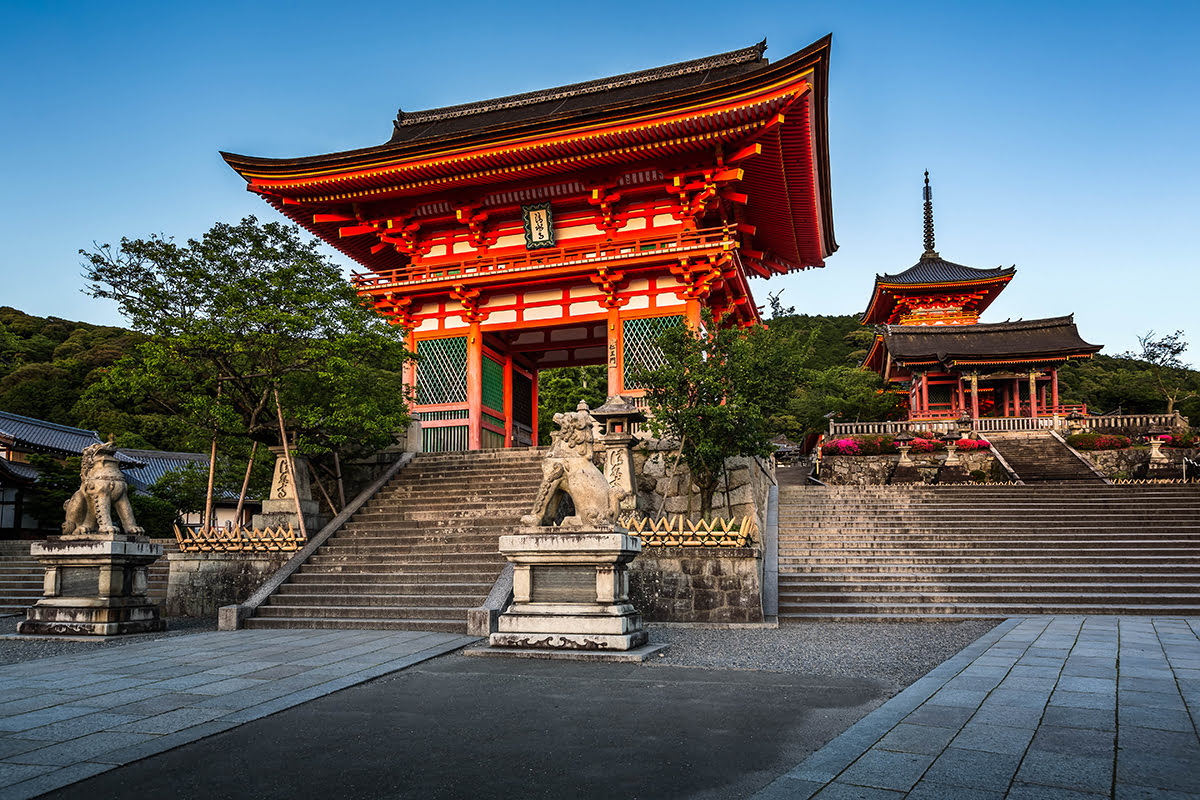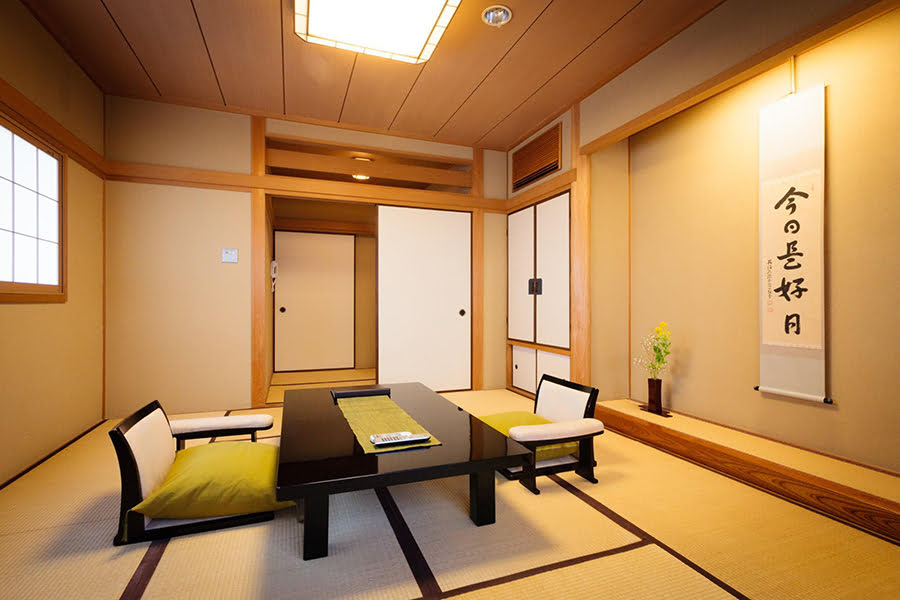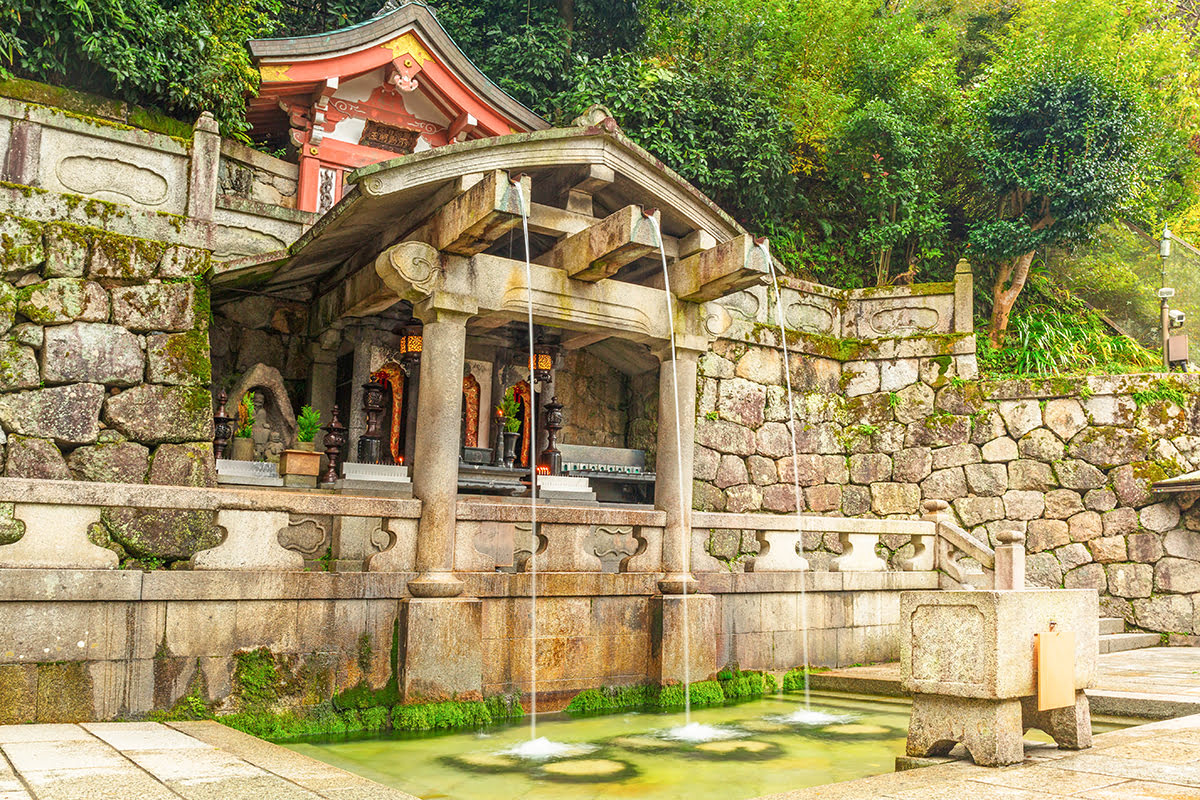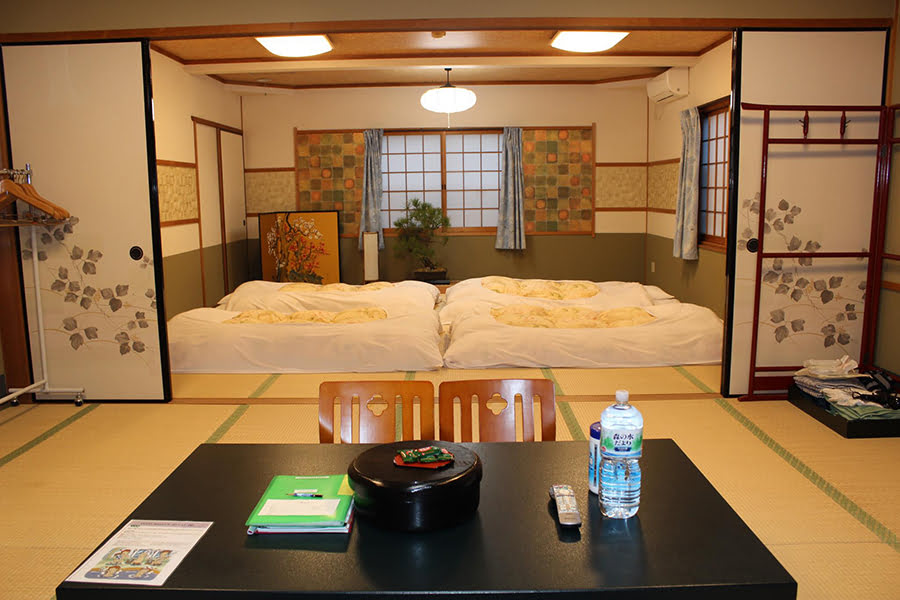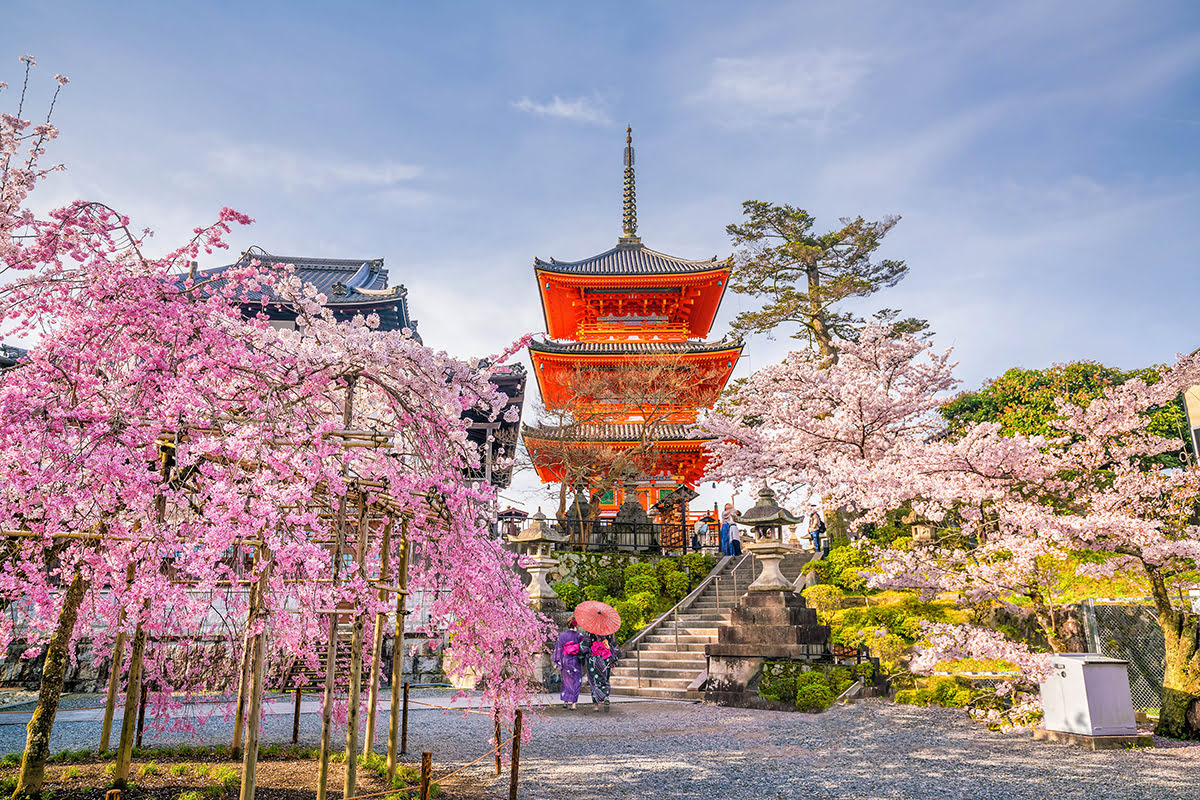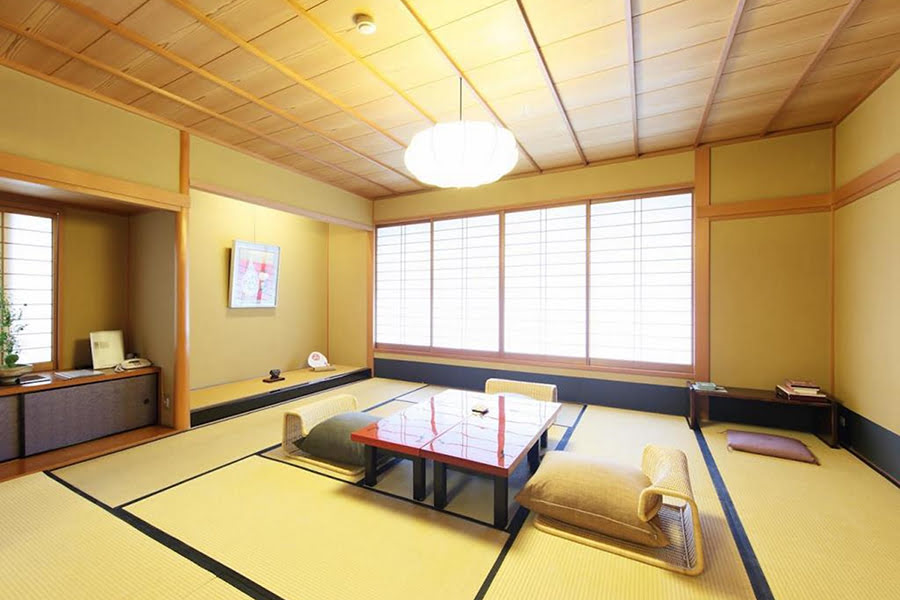Kiyomizu Temple | Visitor’s Guide to Attractions in Kyoto, Japan

Kiyomizu Temple, also known as Otowa-san Kiyomizu-dera, is a remarkable Buddhist temple that is located in eastern Kyoto in the historic Higashiyama District. Founded in the 8th century, Kiyomizu Temple is a part of the Historic Monuments of Ancient Kyoto UNESCO World Heritage site and is one of the most famous temples in Kyoto. Construction has been ongoing in recent years, which means there may be scaffolding covering parts of the temple’s exterior. However, visitors are still able to access the main parts of the temple without issue. Located on top of Mount Otowa, the multi-leveled, wooden Kiyomizu Temple offers stunning views from its veranda, making it a great spot to visit for photography fans or people who are looking for gorgeous social media shots.
What to Know About Visiting Kiyomizu Temple
Kiyomizu Temple is an architectural marvel, and not only is it beautiful, but this wooden temple has been constructed without the use of any nails, which is a traditional style of building in Japan. Kiyomizu-dera means “Pure Water Temple” and it is one of the most famous temples in the whole country and is located nearby Otowa Waterfall. As this cultural site is a functioning temple, and there are a few things for tourists to consider prior to visiting.
- When visiting a temple in Kyoto, dress modestly and behave respectfully. This Buddhist temple is a place where the deity, Kannon, is worshipped, who is a goddess of mercy and is very popular and sees regular visits worshippers as well as tourists.
- It may be best to observe other visitors prior to making use of the temple so that guests can have an idea of what’s expected of them. Otherwise, generally at temples in Japan, visitors purify themselves at a chozuya, a large basin used for purification, in preparation for prayer. In these basins, the worshipper’s hands are cleansed, symbolizing the heart similarly being purified.
- While some temples have a specific order for the purification process, at Kiyomizu Temple, they recommend simply purifying the hands with the healing water or visitors can make use of the more traditional method by taking the water dipper in the right hand, purifying the left hand with water, then shifting the dipper to the left hand and doing the same to the right. Then, shift the dipper back to the right hand and pour water into the left hand before taking a sip. At other temples, this water is used to rinse the mouth as well and then is spat out, but it is drinkable and famous for being rich in minerals at this temple. After sipping on the water, visitors should purify their left hand, wash the handle of the dipper, and put it back in place scoop side down. Visitors will then be purified for the temple and ready to pray.
- Additionally, some temples offer incense for offerings, as Kiyomizu Temple does. Incense can be purchased in the main hall for 10 yen. Guests can take the incense in their right hand to one of the incense burners and light it there by using one of the lit candles, taking care to not let it blow out, before putting the incense in the incense burner as an offering.
- Prayers can be offered to Kannon in the following manner. Visitors can stand in front of the image of Kannon Bodhisattva in the main hall, make a slight bow, then make a money offering to Kannon before finally putting their hands together after finishing.
- For visitors who are looking for a peaceful, reflective time to visit the temple, they should plan their visits for either early in the day (near when the temple opens) or very near closing time (during the last hour or so). The temple grounds are expansive, so visitors can plan to spend at least a few hours at the site and should consider this when choosing a time to visit. The temple grounds have buildings that were completed in the 15th and 16th centuries, in addition to the main hall of Kiyomizu Temple as well as beautiful gardens, temple gates, Otowa Waterfall, and the temple grounds.
- There are many events that happen at Kiyomizu Temple and guests are encouraged to check their calendar to see whether a special event will be happening during their vacation. For a special treat, guests can plan their visit for either the cherry blossom season in the spring or during the fall when the leaves change colors. Both of these times will be rather busy, so any visitors looking to avoid big crowds may wish to choose a different time to visit, however, the vistas will be spectacular. However, the temple is beautiful all throughout the year as well.
- Additionally, there are shops on the temple grounds that offer kimonos for rental. There is a price range for renting kimonos, but generally, it starts at about 500 yen. Along the way, there are other stands that sell snacks and trinkets, so this may be a great opportunity to indulge in some Japanese culture or grab some gifts to bring back home as well.
Address: 294 Kiyomizu, Higashiyama Ward, Kyoto
Entrance Fee: 400 yen for adults
Hours of Operation: While the opening time is generally 6 a.m. daily, the closing time will depend on the time of year. Visitors should check with the temple’s online calendar to confirm closing times for their visit.
Check In to Kyoto Ryokan The KINOE, Step Out to Kiyomizu Temple
FIND & BOOK A HOTEL IN KYOTO TODAY
Best Things to do Near Kiyomizu Temple
Kiyomizu Temple is located in a remarkable city that has much to offer in cultural and natural attractions. As the temple is located in Higashiyama District, which is known for retaining the look of feudal-era Japan with its traditional buildings, shops, restaurants, and cultural significance, there is much to see and enjoy nearby. Here are just some of the best attractions that are near Kiyomizu Temple that visitors can enjoy.
- Shosei-en Garden
Spend some time visiting the exquisite gardens of Shosei-en. This oasis is a beautiful, traditional Japanese garden that has been designed for strolling and makes for a great visit all throughout the year, but guests are in for a real treat if they visit during the fall or during the cherry blossom season in the spring. The garden pond is the main feature of Shosei-en Garden and it was built with the remnants of a defensive wall that once enclosed the city. Full of koi, this pond is a great place to stand and reflect on nature, as it also attracts a variety of birds.
Address: 600-8190 Kyoto, Shimogyo Ward
Entrance Fee: 500 yen for adults
Hours: 9 a.m. to 4 p.m. daily - Sanjusangen-do
Also called Rengeo-in, this Buddhist temple is famous for its 1001 statues of Kannon. The temple was founded in the 10th century and rebuilt a hundred years later after the original was destroyed in a fire. Here, visitors can see the longest temple hall in Japan, which measures 120 meters. In the center of the main hall are the 1001 Kannon statues and others. No photography is allowed inside of the temple, but it is permitted on the grounds.
Address: 657 Sanjusangendomawari, Higashiyama Ward
Entrance Fee: 600 yen for adults
Hours: 8 a.m. to 5 p.m. - Otowa Waterfall
Located just below the main hall of Kiyomizu Temple, visitors should also make a stop at Otowa Waterfall, which is divided into three drinkable streams. Visitors should choose one stream to drink from as it is considered rude to drink from all three. However, each stream is reputed to have a different benefit – one for success, another for love, another for long life, though which is anyone’s guess. Visitors are encouraged to choose a stream, make their wish, and then drink.
Address: 294 Kiyomizu, Higashiyama Ward, Kyoto
Entrance fee: Included with the temple entrance fee
Hours: 8 a.m. to 5 p.m.
Check In to Kyoto Ryokan Gion Sano, Step Out to Kyoto
FIND & BOOK A HOTEL IN KYOTO TODAY
How to Get to Kiyomizu Temple
Kiyomizu Temple is on the eastern side of Kyoto and can be accessed most easily by bus. From Kyoto Station, visitors can take bus 100 or 206 at Kyoto Ekimae Bus Stop, which is located at the north exit of the station. The ride to Goyozaka stop takes about 15 minutes and costs approximately 230 yen (there are four stops between the station and the temple). From the bus stop, it’s a 10 minute walk to the temple.
Kiyomizu-Gojo Station is the nearest train station to Kiyomizu Temple and is located a 20 to 30 minute walk west from the temple, depending on walking speed. Kimomizu-Gojo Station services the Keihan Railway line and is a popular stop for people who are planning to go to the temple.
Check In to Gion Hatanaka, Step Out to Otawa Waterfall
You may also like
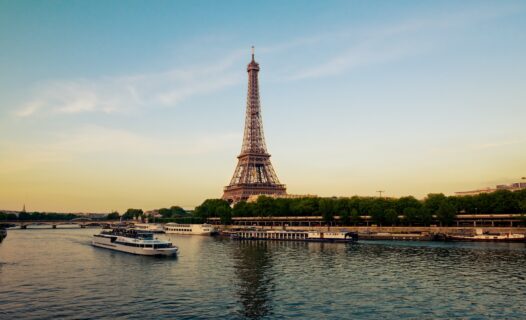
Discover the ultimate 7 days in Paris itinerary! Explore iconic landmarks, savor French cuisine, and immerse in art and history.
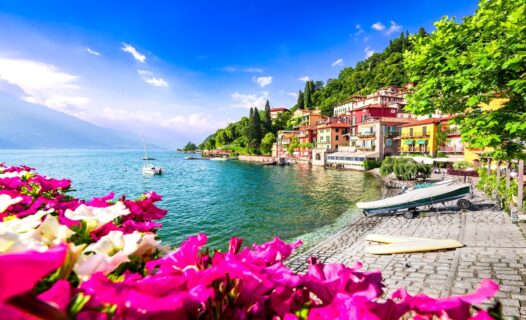
Discover the most enchanting retreats in Italy for celebrating Mother's Day 2024. From luxurious spa resorts to charming Italian villas, find the perfect getaway to honor the special women in your life.

Embark on an unforgettable journey with our Goa Sightseeing Itinerary. Explore sun-kissed beaches, vibrant nightlife, serene temples, and lush wildlife.

Embark on a gourmet journey through France to celebrate Mother's Day 2024 with exquisite culinary experiences, from Paris to Provence.
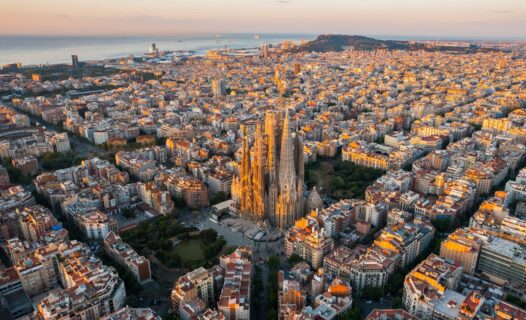
Discover the perfect way to celebrate Mother's Day 2024 in Spain. From cultural treasures in Barcelona to sun-kissed moments in Madrid, make Mother's Day unforgettable.
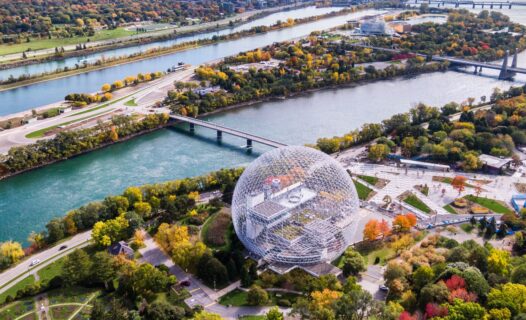
Discover the ultimate guide to celebrating Mother's Day 2024 in Canada. From serene retreats to cultural escapades, this travel guide covers all you need for a memorable Mother's Day.
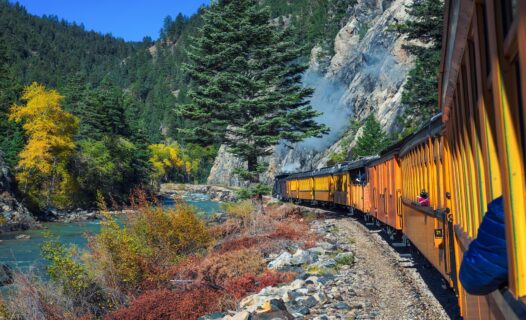
Embark on an unforgettable Mother's Day journey with our guide to the most scenic train rides across the USA. From rolling mountains to historic routes, treat your mom to breathtaking vistas and cherished memories.
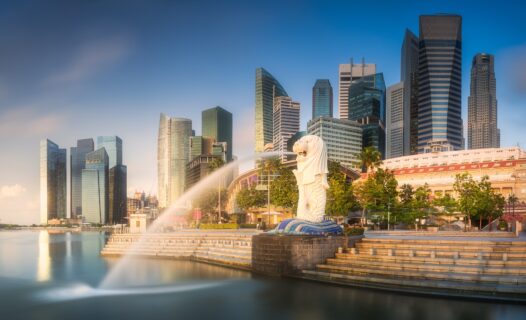
Celebrate Mother's Day 2024 in Singapore with a guide to luxurious staycations, cultural events, and unique experiences. Make it unforgettable for the special woman in your life.
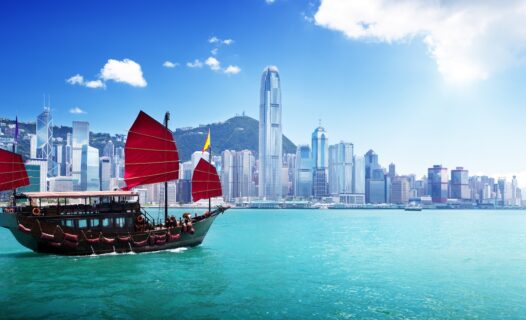
Discover the ultimate guide to celebrating Mother's Day 2024 in Hong Kong. From luxurious spa retreats and cultural explorations to vibrant markets and panoramic photography spots, find everything you need to plan an unforgettable day for the special woman in your life.
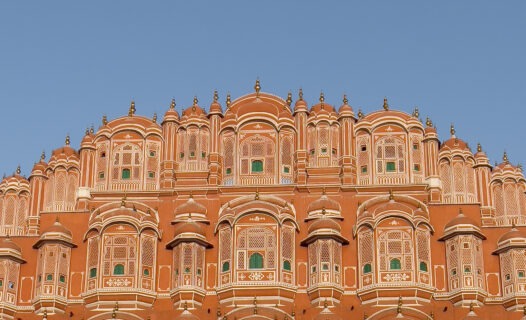
Discover the ultimate guide to celebrating Mother's Day 2024 in Jaipur. From luxurious stays to cultural explorations and culinary delights, create unforgettable memories with your mother in the heart of Rajasthan.
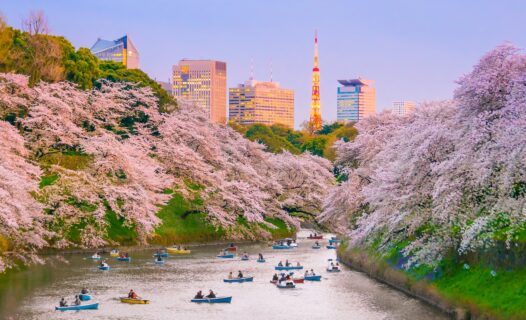
Celebrate Mother's Day 2024 amidst Tokyo's cherry blossoms. Experience sushi, culture, and vibrant festivals with our insider's guide to Japan's capital.
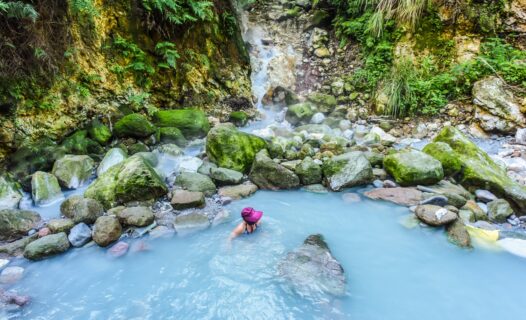
Celebrate Mother's Day 2024 in Taiwan with an unforgettable spa retreat experience, from luxurious hot springs to wellness havens. Explore the best Taiwan has to offer for a rejuvenating getaway.
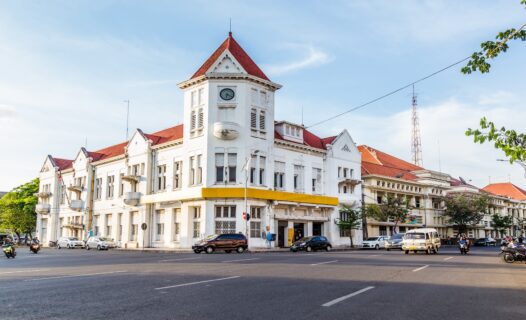
Discover the ultimate 5-day family itinerary in Surabaya, Indonesia, with Agoda. From historical sites to theme parks, enjoy a blend of culture, adventure, and relaxation in Surabaya.
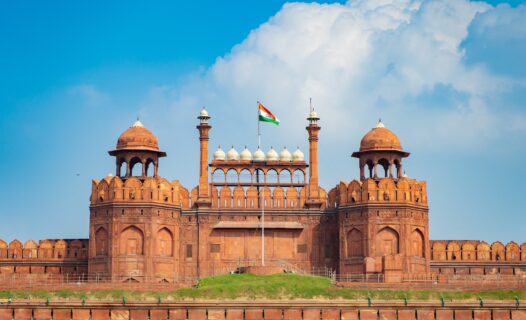
Dive into the heart of India with our 'Weekend Getaway in New Delhi' itinerary. From ancient monuments in Old Delhi to the vibrant streets of New Delhi, explore the city's rich heritage and modern marvels.
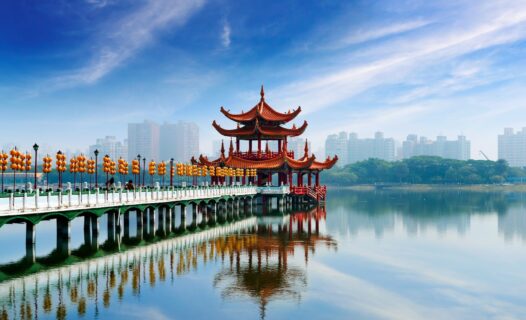
Discover the best of Kaohsiung in just a weekend with our ultimate travel itinerary. From the serene Lotus Pond to the vibrant Liuhe Night Market, this guide covers all must-visit spots and hidden gems.
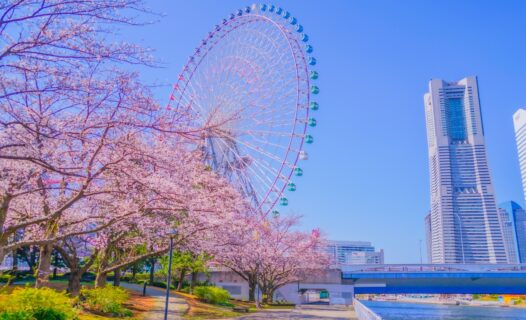
Discover the ultimate family vacation in Yokohama with our itinerary guide. Explore attractions, food, and hotels for all ages.
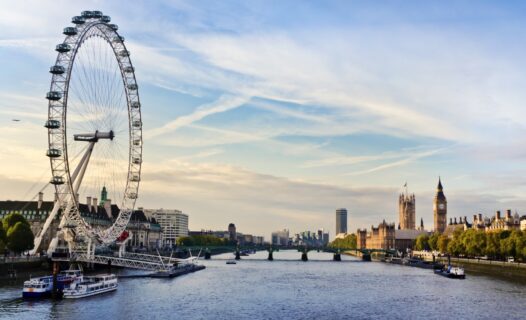
Dive into our comprehensive 3-day London itinerary that takes you through historical marvels, modern wonders, and hidden gems. Uncover the best of London, from royal palaces to avant-garde art galleries, lush parks, and vibrant markets.
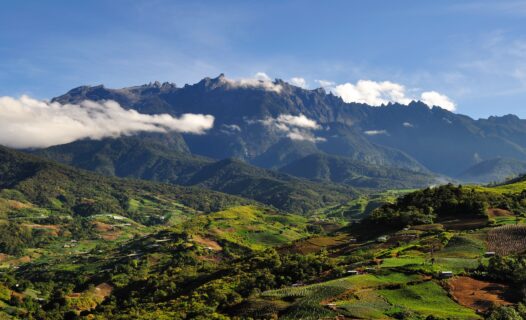
Unlock the secrets of Borneo with our 3-day Kota Kinabalu itinerary. Dive into adventure, culture, and cuisine in one of Malaysia's hidden gems.

Unlock the magic of the City of Angels with our 3-day Los Angeles itinerary. Explore Hollywood's glamour, iconic landmarks, and breathtaking coasts.
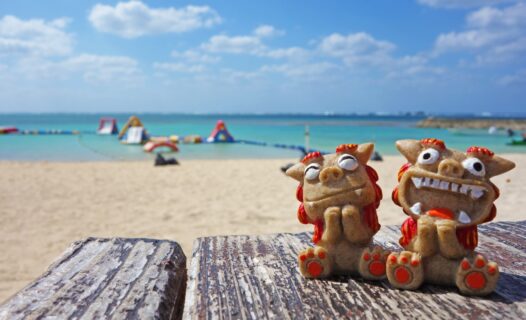
Embark on an unforgettable 7-day journey across Okinawa Main Island. Discover pristine beaches, historical marvels, and rich culture.

Uncover the beauty of Cebu with our 7-day itinerary guide. From historic sites to stunning beaches, explore the best of the island.

Kiyomizu Temple, also known as Otowa-san Kiyomizu-dera, is a remarkable Buddhist temple that is located in eastern Kyoto in the historic Higashiyama District. Founded in the 8th century, Kiyomizu Temple is a part of the Historic Monuments of Ancient Kyoto UNESCO World Heritage site and is one of the most famous temples in Kyoto. Construction has been ongoing in recent years, which means there may be scaffolding covering parts of the temple’s exterior. However, visitors are still able to access the main parts of the temple without issue. Located on top of Mount Otowa, the multi-leveled, wooden Kiyomizu Temple offers stunning views from its veranda, making it a great spot to visit for photography fans or people who are looking for gorgeous social media shots.
What to Know About Visiting Kiyomizu Temple
Kiyomizu Temple is an architectural marvel, and not only is it beautiful, but this wooden temple has been constructed without the use of any nails, which is a traditional style of building in Japan. Kiyomizu-dera means “Pure Water Temple” and it is one of the most famous temples in the whole country and is located nearby Otowa Waterfall. As this cultural site is a functioning temple, and there are a few things for tourists to consider prior to visiting.
- When visiting a temple in Kyoto, dress modestly and behave respectfully. This Buddhist temple is a place where the deity, Kannon, is worshipped, who is a goddess of mercy and is very popular and sees regular visits worshippers as well as tourists.
- It may be best to observe other visitors prior to making use of the temple so that guests can have an idea of what’s expected of them. Otherwise, generally at temples in Japan, visitors purify themselves at a chozuya, a large basin used for purification, in preparation for prayer. In these basins, the worshipper’s hands are cleansed, symbolizing the heart similarly being purified.
- While some temples have a specific order for the purification process, at Kiyomizu Temple, they recommend simply purifying the hands with the healing water or visitors can make use of the more traditional method by taking the water dipper in the right hand, purifying the left hand with water, then shifting the dipper to the left hand and doing the same to the right. Then, shift the dipper back to the right hand and pour water into the left hand before taking a sip. At other temples, this water is used to rinse the mouth as well and then is spat out, but it is drinkable and famous for being rich in minerals at this temple. After sipping on the water, visitors should purify their left hand, wash the handle of the dipper, and put it back in place scoop side down. Visitors will then be purified for the temple and ready to pray.
- Additionally, some temples offer incense for offerings, as Kiyomizu Temple does. Incense can be purchased in the main hall for 10 yen. Guests can take the incense in their right hand to one of the incense burners and light it there by using one of the lit candles, taking care to not let it blow out, before putting the incense in the incense burner as an offering.
- Prayers can be offered to Kannon in the following manner. Visitors can stand in front of the image of Kannon Bodhisattva in the main hall, make a slight bow, then make a money offering to Kannon before finally putting their hands together after finishing.
- For visitors who are looking for a peaceful, reflective time to visit the temple, they should plan their visits for either early in the day (near when the temple opens) or very near closing time (during the last hour or so). The temple grounds are expansive, so visitors can plan to spend at least a few hours at the site and should consider this when choosing a time to visit. The temple grounds have buildings that were completed in the 15th and 16th centuries, in addition to the main hall of Kiyomizu Temple as well as beautiful gardens, temple gates, Otowa Waterfall, and the temple grounds.
- There are many events that happen at Kiyomizu Temple and guests are encouraged to check their calendar to see whether a special event will be happening during their vacation. For a special treat, guests can plan their visit for either the cherry blossom season in the spring or during the fall when the leaves change colors. Both of these times will be rather busy, so any visitors looking to avoid big crowds may wish to choose a different time to visit, however, the vistas will be spectacular. However, the temple is beautiful all throughout the year as well.
- Additionally, there are shops on the temple grounds that offer kimonos for rental. There is a price range for renting kimonos, but generally, it starts at about 500 yen. Along the way, there are other stands that sell snacks and trinkets, so this may be a great opportunity to indulge in some Japanese culture or grab some gifts to bring back home as well.
Address: 294 Kiyomizu, Higashiyama Ward, Kyoto
Entrance Fee: 400 yen for adults
Hours of Operation: While the opening time is generally 6 a.m. daily, the closing time will depend on the time of year. Visitors should check with the temple’s online calendar to confirm closing times for their visit.
Check In to Kyoto Ryokan The KINOE, Step Out to Kiyomizu Temple
FIND & BOOK A HOTEL IN KYOTO TODAY
Best Things to do Near Kiyomizu Temple
Kiyomizu Temple is located in a remarkable city that has much to offer in cultural and natural attractions. As the temple is located in Higashiyama District, which is known for retaining the look of feudal-era Japan with its traditional buildings, shops, restaurants, and cultural significance, there is much to see and enjoy nearby. Here are just some of the best attractions that are near Kiyomizu Temple that visitors can enjoy.
- Shosei-en Garden
Spend some time visiting the exquisite gardens of Shosei-en. This oasis is a beautiful, traditional Japanese garden that has been designed for strolling and makes for a great visit all throughout the year, but guests are in for a real treat if they visit during the fall or during the cherry blossom season in the spring. The garden pond is the main feature of Shosei-en Garden and it was built with the remnants of a defensive wall that once enclosed the city. Full of koi, this pond is a great place to stand and reflect on nature, as it also attracts a variety of birds.
Address: 600-8190 Kyoto, Shimogyo Ward
Entrance Fee: 500 yen for adults
Hours: 9 a.m. to 4 p.m. daily - Sanjusangen-do
Also called Rengeo-in, this Buddhist temple is famous for its 1001 statues of Kannon. The temple was founded in the 10th century and rebuilt a hundred years later after the original was destroyed in a fire. Here, visitors can see the longest temple hall in Japan, which measures 120 meters. In the center of the main hall are the 1001 Kannon statues and others. No photography is allowed inside of the temple, but it is permitted on the grounds.
Address: 657 Sanjusangendomawari, Higashiyama Ward
Entrance Fee: 600 yen for adults
Hours: 8 a.m. to 5 p.m. - Otowa Waterfall
Located just below the main hall of Kiyomizu Temple, visitors should also make a stop at Otowa Waterfall, which is divided into three drinkable streams. Visitors should choose one stream to drink from as it is considered rude to drink from all three. However, each stream is reputed to have a different benefit – one for success, another for love, another for long life, though which is anyone’s guess. Visitors are encouraged to choose a stream, make their wish, and then drink.
Address: 294 Kiyomizu, Higashiyama Ward, Kyoto
Entrance fee: Included with the temple entrance fee
Hours: 8 a.m. to 5 p.m.
Check In to Kyoto Ryokan Gion Sano, Step Out to Kyoto
FIND & BOOK A HOTEL IN KYOTO TODAY
How to Get to Kiyomizu Temple
Kiyomizu Temple is on the eastern side of Kyoto and can be accessed most easily by bus. From Kyoto Station, visitors can take bus 100 or 206 at Kyoto Ekimae Bus Stop, which is located at the north exit of the station. The ride to Goyozaka stop takes about 15 minutes and costs approximately 230 yen (there are four stops between the station and the temple). From the bus stop, it’s a 10 minute walk to the temple.
Kiyomizu-Gojo Station is the nearest train station to Kiyomizu Temple and is located a 20 to 30 minute walk west from the temple, depending on walking speed. Kimomizu-Gojo Station services the Keihan Railway line and is a popular stop for people who are planning to go to the temple.
Check In to Gion Hatanaka, Step Out to Otawa Waterfall
You may also like
